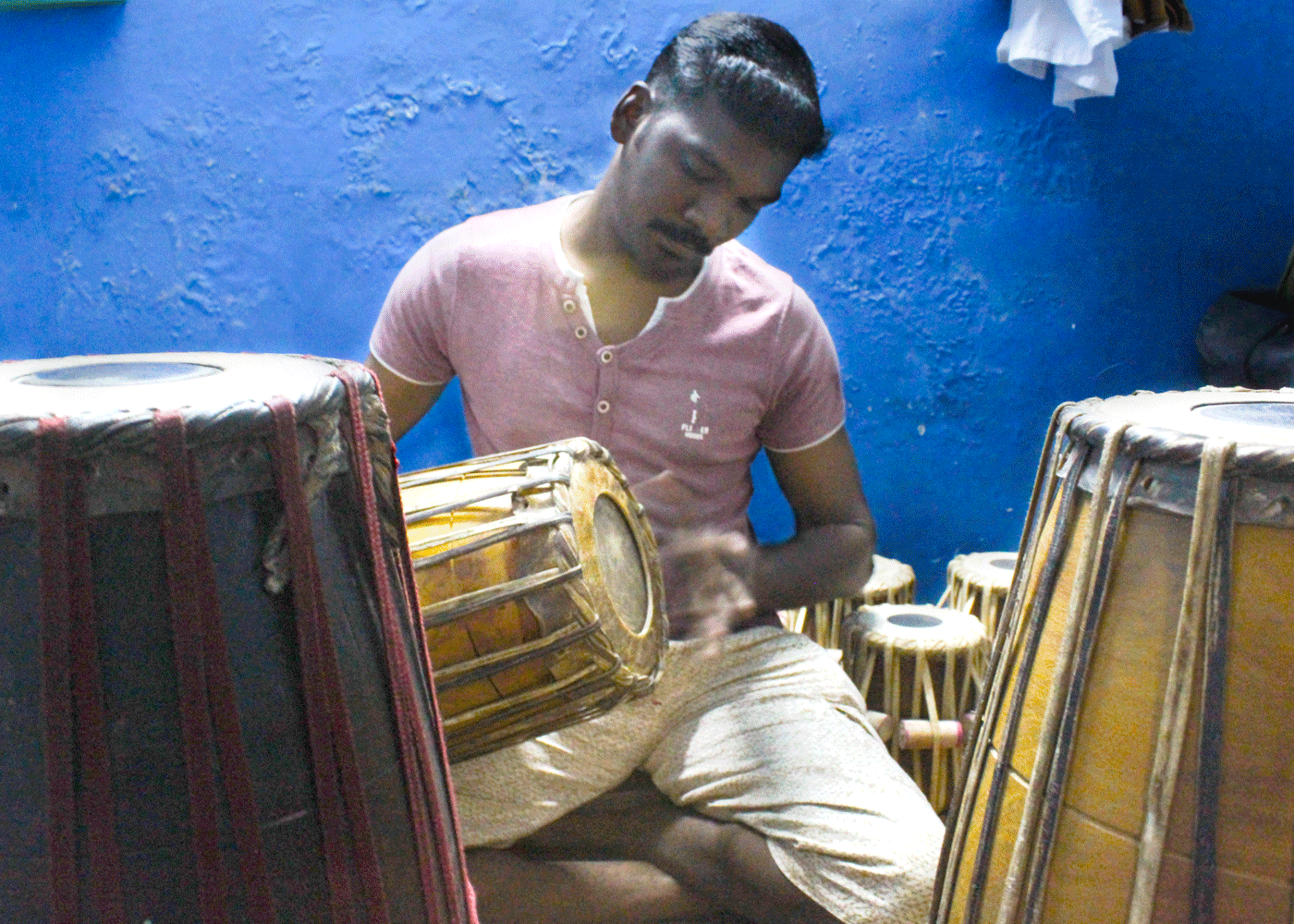

And yet its makers, many of whom belong to Dalit Christian communities, continue to reside on society's margins. The mridangam is a young instrument, only a century old, that has deftly travelled up the musical ranks to secure its place on the stage of Carnatic music.


Even a century ago, when the conversions began, the procuring of hide and the making of the mrdangam would have been executed by caste groups that worked with skin and leather, and were considered 'untouchable'."Ĭarnatic vocalist TM Krishna's new book Sebastian and Sons: A Brief History of Mrdangam Makers cuts to the chase with a palpable urgency, right from page one. In the established caste order, skin-work has always been allotted to the lowest of castes. "Mrdangam-making involves skinning, cutting and curing hides, and hence this work was almost never done by the mrdangam artists.


 0 kommentar(er)
0 kommentar(er)
